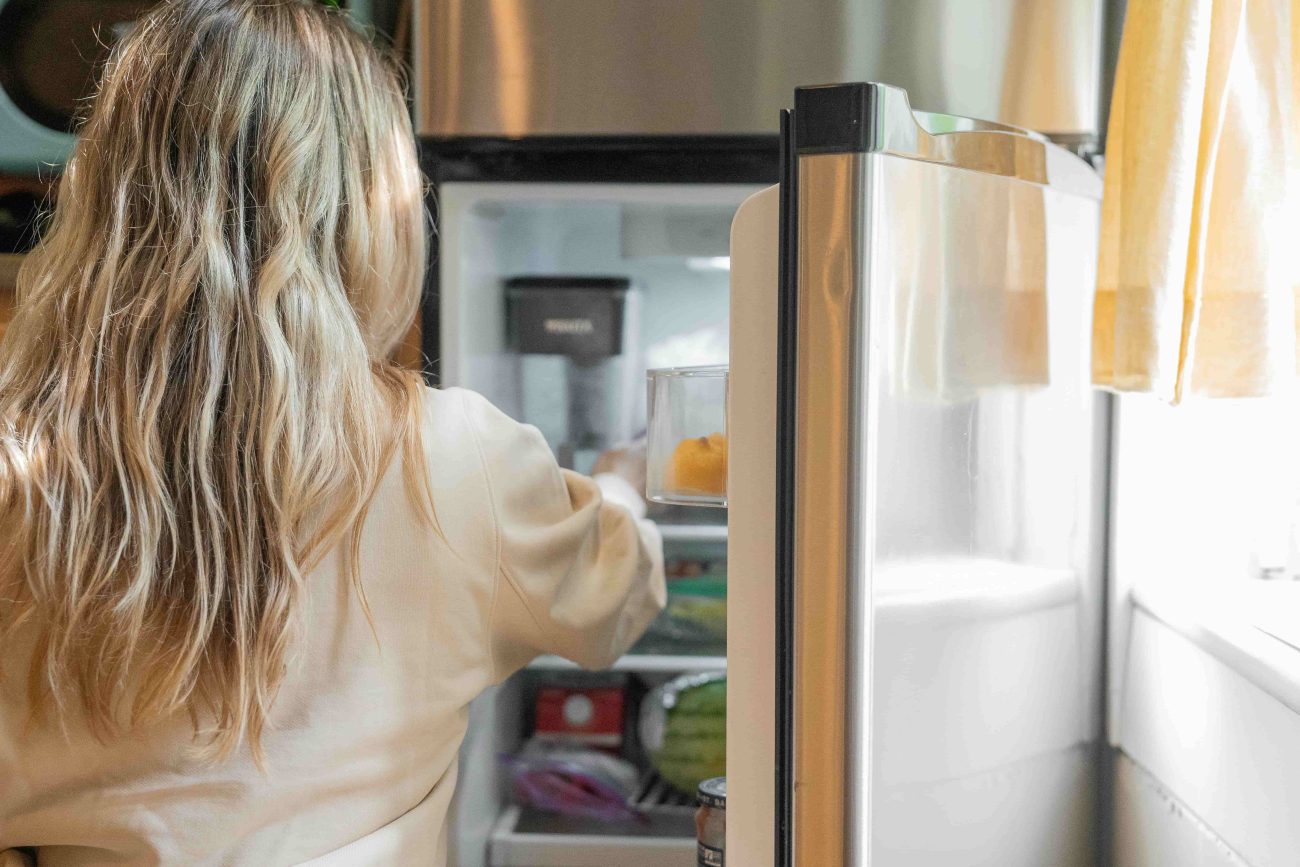Introduction
A noisy refrigerator can be more than just annoying—it might signal a deeper issue with your appliance. Whether it’s a humming, buzzing, rattling, or clicking sound, knowing how to diagnose and fix the problem can help you save on repairs and enjoy a quieter kitchen. In this complete 2025 expert guide, you’ll learn exactly how to stop a refrigerator from making noise, with step-by-step solutions for every common cause.
Common Types of Refrigerator Noises
1. Humming or Buzzing
Often comes from:
- The compressor when running
- The evaporator or condenser fan motor
- The ice maker filling with water
These sounds are usually normal, but louder-than-usual humming could indicate dust buildup or mechanical wear.
2. Clicking or Tapping
Usually caused by:
- The start relay clicking on/off
- Defrost timer or thermostat adjustments
- Expansion and contraction of internal parts
If clicking occurs frequently or prevents the fridge from running, it’s a sign of an issue.
3. Gurgling or Dripping
Caused by:
- Refrigerant moving through coils
- Water melting during defrost cycles
These are often normal, but excessive noise may suggest drainage issues.
4. Rattling or Vibrating
Often due to:
- Loose panels or screws
- Items inside the fridge rattling together
- The fridge touching a wall or cabinet
Rattling can usually be fixed with simple adjustments.
Tools You May Need
- Screwdriver set (Phillips and flathead)
- Level
- Flashlight
- Vacuum cleaner with brush or hose
- Soft cloths
- Appliance lubricant
- Socket wrench
- User manual (optional)
Step-by-Step Fixes Based on Sound Type
Fix 1: Quiet a Humming Compressor
- Unplug the refrigerator.
- Clean the condenser coils using a vacuum or brush.
- Place anti-vibration pads under the fridge feet.
- Make sure it’s not touching the wall—leave 1–2 inches of space.
A clean, leveled fridge helps reduce compressor noise.
Fix 2: Stop Fan Noise
- Unplug the unit.
- Access the evaporator fan (inside back panel of freezer).
- Remove any ice or debris near the fan.
- Spin it manually—if noisy or stiff, it needs replacing.
Use food-safe lubricant only if blades are stiff but not broken.
Fix 3: Silence the Ice Maker
- Check for ice buildup or a jammed tray.
- Listen for the filling valve—replace it if it hums constantly.
- Tighten mounting screws if the unit is vibrating.
Turn off the ice maker temporarily if not in use.
Fix 4: Eliminate Clicking Sounds
- Clicking at startup often means a faulty start relay.
- Remove relay (near compressor), and test it or replace it.
- Persistent clicking without cooling suggests a compressor issue.
If unsure, call a technician to test the compressor safely.
Fix 5: Reduce Rattling and Vibrations
- Move the fridge slightly forward to prevent cabinet contact.
- Adjust legs using a wrench so it’s level and stable.
- Place rubber pads under the legs.
- Rearrange items inside to stop clinking bottles and dishes.
Advanced Fixes
Replace the Condenser Fan Motor
If your fridge hums loudly near the bottom rear and the fan wobbles:
- Order a new fan motor (check model number)
- Unplug unit and remove the access panel
- Swap motors and reassemble
Warning: If unfamiliar with electrical components, consult a pro.
Check Drain Pan or Defrost Drain
Sometimes water noises or moldy smells come from:
- A clogged defrost drain
- A loose or cracked drain pan
Clean the drain and secure the pan to reduce noise and prevent mold.
Monthly Maintenance Checklist
✅ Clean condenser coils
✅ Wipe fan blades
✅ Check fridge level
✅ Ensure back vents are clear
✅ Listen for unusual noises and log them
When to Call a Technician
- Repeated clicking and compressor won’t start
- Buzzing continues even when fridge is off
- Burning smell or exposed wiring
- Fridge is noisy and not cooling
Repairs like compressor replacement or electrical board issues are not DIY safe.
|How to Fix a Refrigerator That’s Not Cooling Properly (2025 Ultimate DIY Guide)
